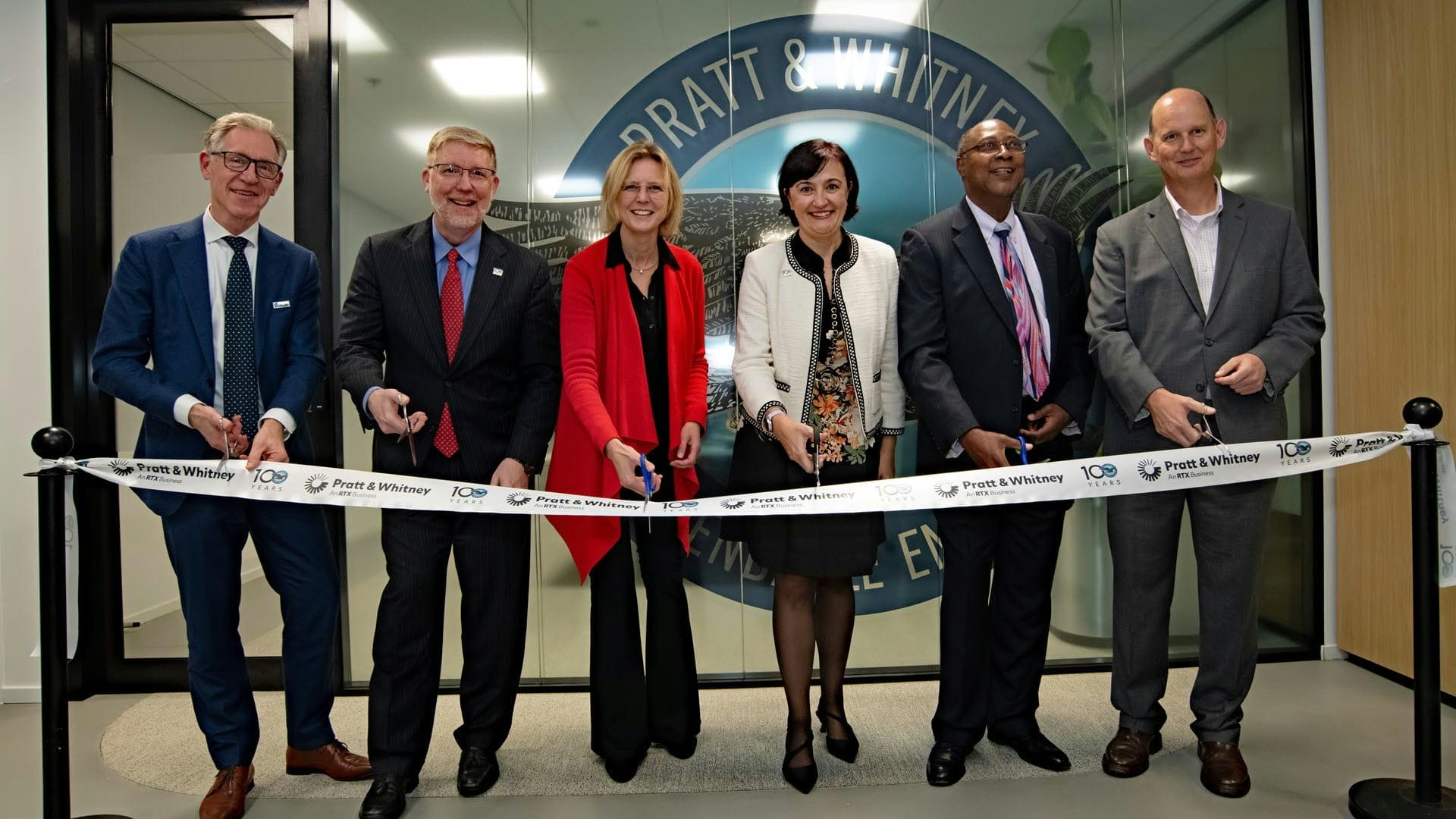
AeroGenie — 您的智能副驾驶。
热门趋势
Categories
India Reports 65 In-Flight Engine Shutdowns Since 2020

India Reports 65 In-Flight Engine Shutdowns Since 2020
India has experienced 65 in-flight engine shutdowns since 2020, according to data obtained by the Times of India through a Right to Information (RTI) request submitted to the Directorate General of Civil Aviation (DGCA). These incidents, which occurred during both take-off and mid-air operations, reveal ongoing technical difficulties confronting Indian airlines, averaging nearly one engine shutdown per month.
Distress Calls and Technical Challenges
Between January 2024 and May 2025, the data indicates that there were 11 "Mayday" distress calls from aircraft cockpits, excluding the recent Air India AI-171 crash in Ahmedabad on June 12 and a diverted IndiGo domestic flight. Mayday calls, reserved for life-threatening emergencies, highlight the severity of the technical problems faced by flight crews. Notably, four of these distress calls led to emergency landings at Hyderabad airport.
Experts attribute these engine shutdowns to a variety of technical issues, including blocked fuel filters, fuel contamination, interrupted fuel supply, turbine malfunctions, and the ingestion of foreign objects into the engine. Capt C S Randhawa, president of the Federation of Indian Pilots, explained that these factors can abruptly halt flight operations, posing significant risks to safety.
Despite these challenges, pilots have successfully managed to land all affected aircraft safely by relying on the remaining operational engine. However, the recent Air India crash has intensified scrutiny of aviation safety in the country. The Aircraft Accident Investigation Bureau’s preliminary report suggests that pilot confusion over engine switch operations contributed to the accident, adding complexity to the ongoing safety concerns.
Regulatory Response and Industry Impact
The increased attention on Air India’s fleet is expected to prompt more rigorous safety inspections and regulatory oversight, which may lead to flight delays and cancellations. This heightened scrutiny, coupled with the publicized incidents, has generated passenger anxiety and could potentially affect the airline’s market share. Competitors are likely to respond by emphasizing their own safety protocols and issuing public reassurances to maintain customer confidence.
Anil Rao, secretary of the Airline Pilots’ Association of India, underscored the gravity of Mayday calls, stating that flight crews initiate such calls only in critical emergencies, including aircraft fires, engine failures, or other situations posing imminent danger that necessitate immediate landing or grounding.
AX Joseph, director of air safety at the DGCA, affirmed the regulator’s role in issuing civil aviation requirements and safety notices to ensure compliance and maintain safe operations across the sector.
While in-flight engine shutdowns and Mayday calls are not unique to India, the country’s global aviation safety ranking remains a concern. The International Civil Aviation Organisation currently ranks India 48th in its worldwide safety oversight mechanism, raising questions about the robustness of the nation’s aviation safety standards amid increasing operational and regulatory challenges.
BOC Aviation to Lease Two Airbus A350-1000s to Philippine Airlines

How Many Boeing 777X Prototypes Were Built?
AerFin Announces Availability of A320neo Inventory

Petrobras Delivers First Sustainable Aviation Fuel Produced in Brazil
Unique mixed-propulsion eVTOL completes transition flight testing
Are C-17 Globemaster Engines Derived from Boeing 757?

Why the Airbus A350’s Cabin Is Quieter Than Other Aircraft

AI and AI Express Plan to Increase Capacity Amid IndiGo Flight Disruptions
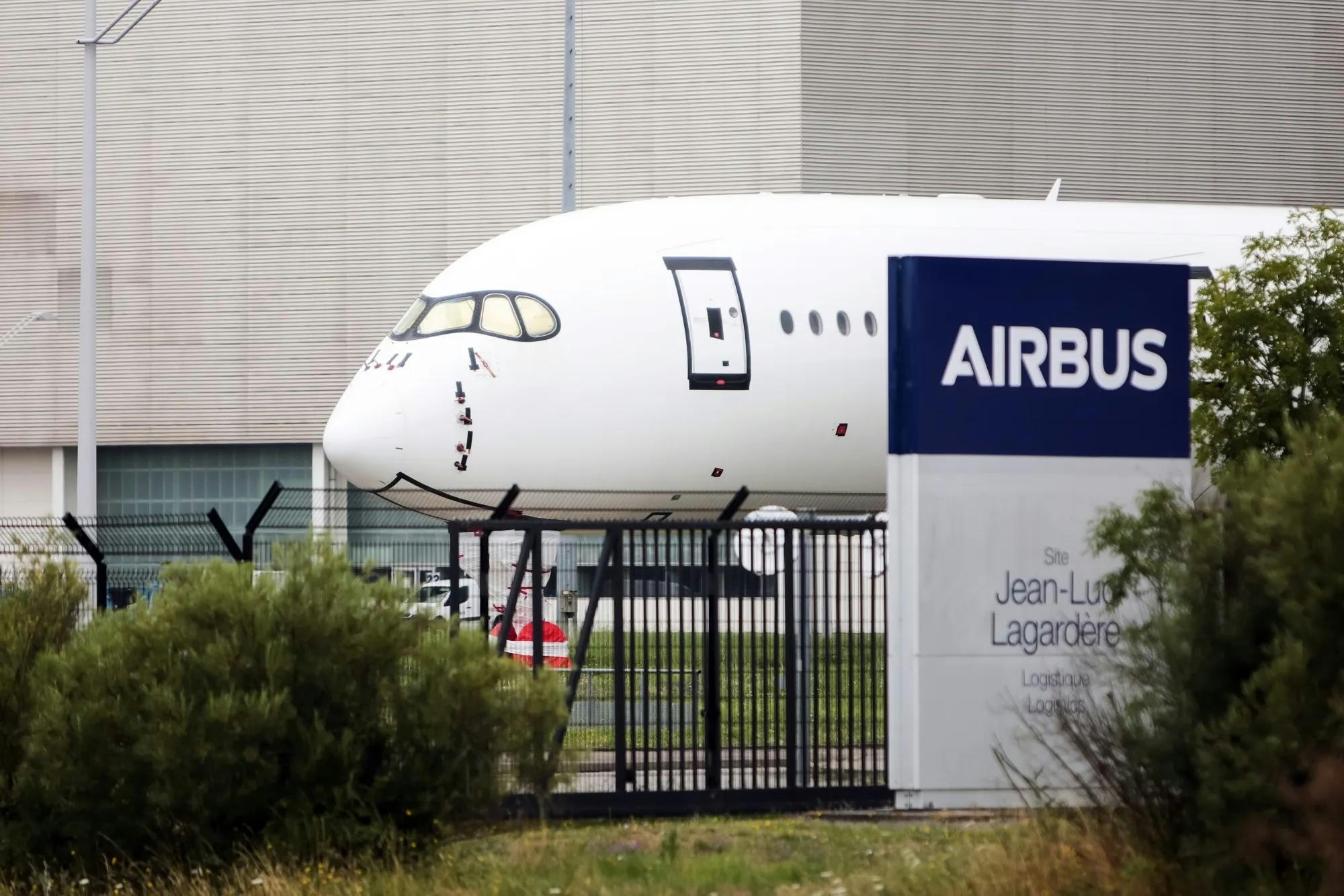
Kazakhstan and France Agree on Airbus Aircraft Deliveries
